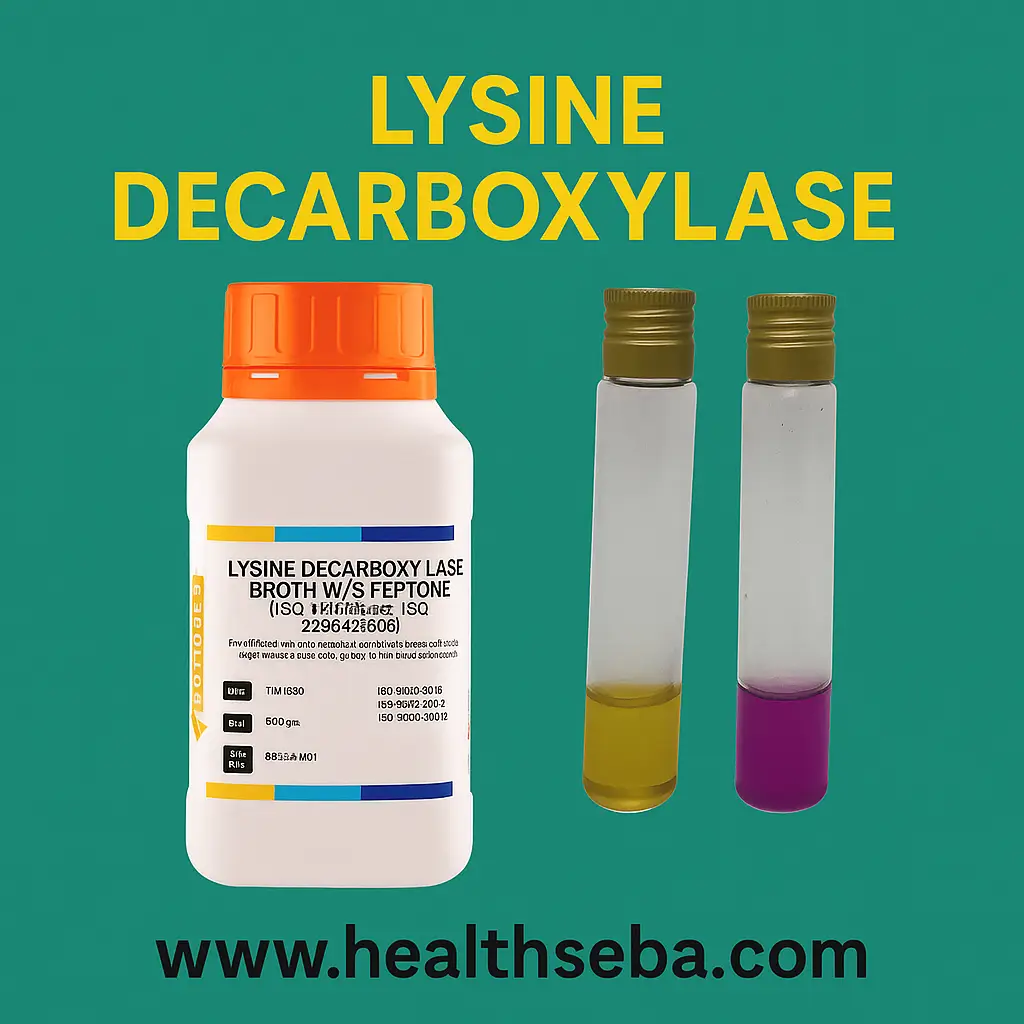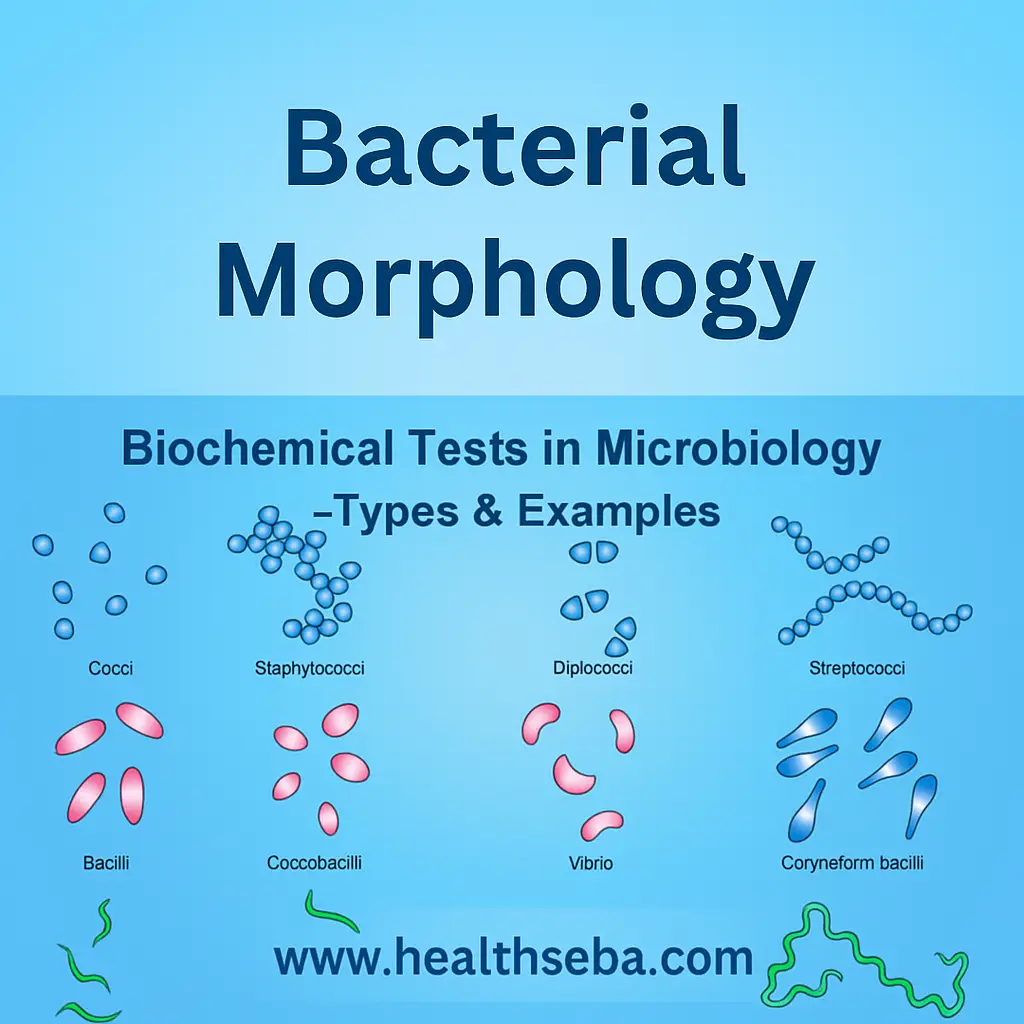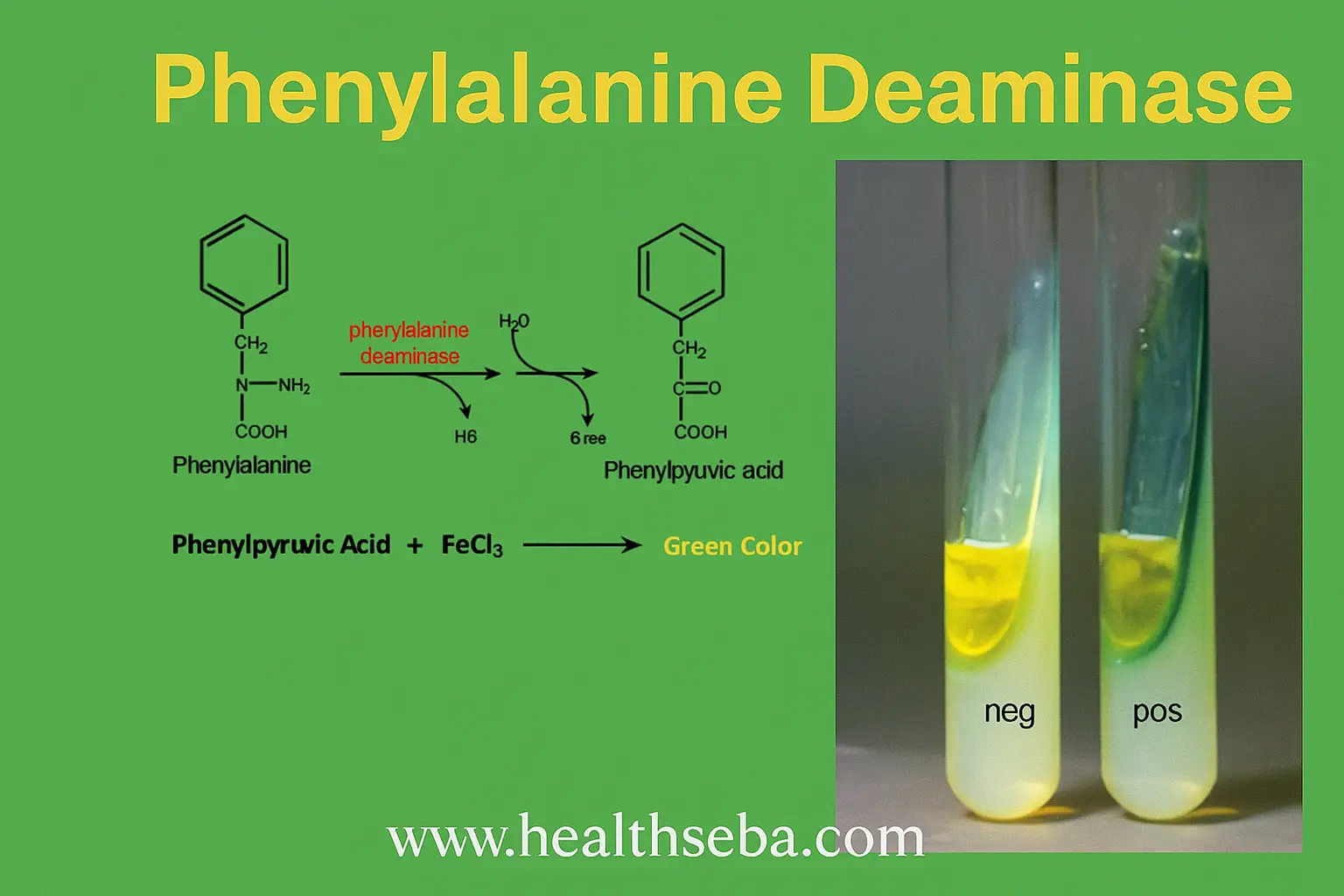Introduction
Microbiologists use Thiosulfate Citrate Bile Salt Sucrose (TCBS) Agar as a selective and differential medium to isolate Vibrio species, especially Vibrio cholerae and Vibrio parahaemolyticus. The selective agents—bile salts, citrate, and alkaline pH—actively inhibit enteric bacteria. At the same time, the sucrose fermentation and pH indicator system provide the differential property that helps distinguish Vibrio species from other organisms.
Media Type
Selective medium → Inhibits most Gram-positive and enteric bacteria.
Differential medium → Differentiates Vibrio spp. based on sucrose fermentation.
Solid medium → Agar-based, used for stool culture and environmental samples.
Composition of TCBS Agar (per liter)
Peptones (Proteose, Yeast Extract): 10 g – nitrogen, vitamins, growth factors.
Bile salts & Sodium citrate: 5–10 g – inhibit Gram-positive bacteria and coliforms.
Sucrose: 20 g – carbohydrate for fermentation.
Sodium thiosulfate & Ferric citrate: 5 g – detect H₂S production.
Sodium cholate (bile salt): selective agent.
Bromothymol blue & Thymol blue: 0.04 g – pH indicators.
Agar: 15 g – solidifying agent.
Distilled Water: 1000 mL.
Final pH: 8.5 ± 0.2 (alkaline) → favors Vibrio growth.
Principle of TCBS Agar
Selective action: Alkaline pH, bile salts, and citrate inhibit most enteric flora.
Differential action:
Sucrose fermenters (e.g., Vibrio cholerae) → produce acid → yellow colonies.
Non-sucrose fermenters (e.g., Vibrio parahaemolyticus) → remain green/blue-green.
Thiosulfate & Ferric citrate: Allow detection of hydrogen sulfide (H₂S) production (black colonies in some bacteria, though most Vibrio are negative).
Preparation of TCBS Agar
Suspend 89 g of dehydrated TCBS medium in 1 liter of distilled water.
Heat with gentle stirring until completely dissolved.
Do not autoclave (overheating can damage selective agents).
Cool to ~45–50°C and pour into sterile Petri dishes.
Store at 2–8°C, protected from light.
Colony Characteristics on TCBS Agar
Vibrio cholerae → Large, smooth, yellow colonies (sucrose fermenter).
Vibrio parahaemolyticus → Small, round, green colonies (non-sucrose fermenter).
Vibrio vulnificus → Green colonies, may resemble V. parahaemolyticus.
Uses of TCBS Agar
Isolation and differentiation of Vibrio species from clinical specimens (e.g., stool, rectal swabs, vomitus).
Detection of Vibrio spp. in food and water samples.
Epidemiological investigations during cholera outbreaks.
Differentiation of sucrose fermenting vs non-fermenting Vibrios.
Advantages
Highly selective for Vibrio spp.
Easy differentiation of Vibrio cholerae (yellow) from Vibrio parahaemolyticus (green).
Quick presumptive diagnosis in cholera outbreaks.
Limitations
Some Vibrio strains may lose viability in storage.
Overgrowth of non-target organisms may occur if medium is old or improperly prepared.
Requires confirmation by biochemical tests (e.g., oxidase test, salt tolerance test, serotyping).
Conclusion
TCBS agar is the gold-standard selective medium for Vibrio isolation, especially in suspected cholera cases. Its selective agents and differential properties make it indispensable in clinical laboratories and outbreak investigations.
Related Posts

Lysine Decarboxylase Test
Lysine Decarboxylase Test Introduction The Lysine Decarboxylase Test is an…

Bacterial Morphology
Bacterial Morphology Introduction Bacterial morphology refers to the shape, size,…

Phenylalanine Deaminase
Phenylalanine Deaminase Test Introduction The Phenylalanine Deaminase (PDA) Test is…